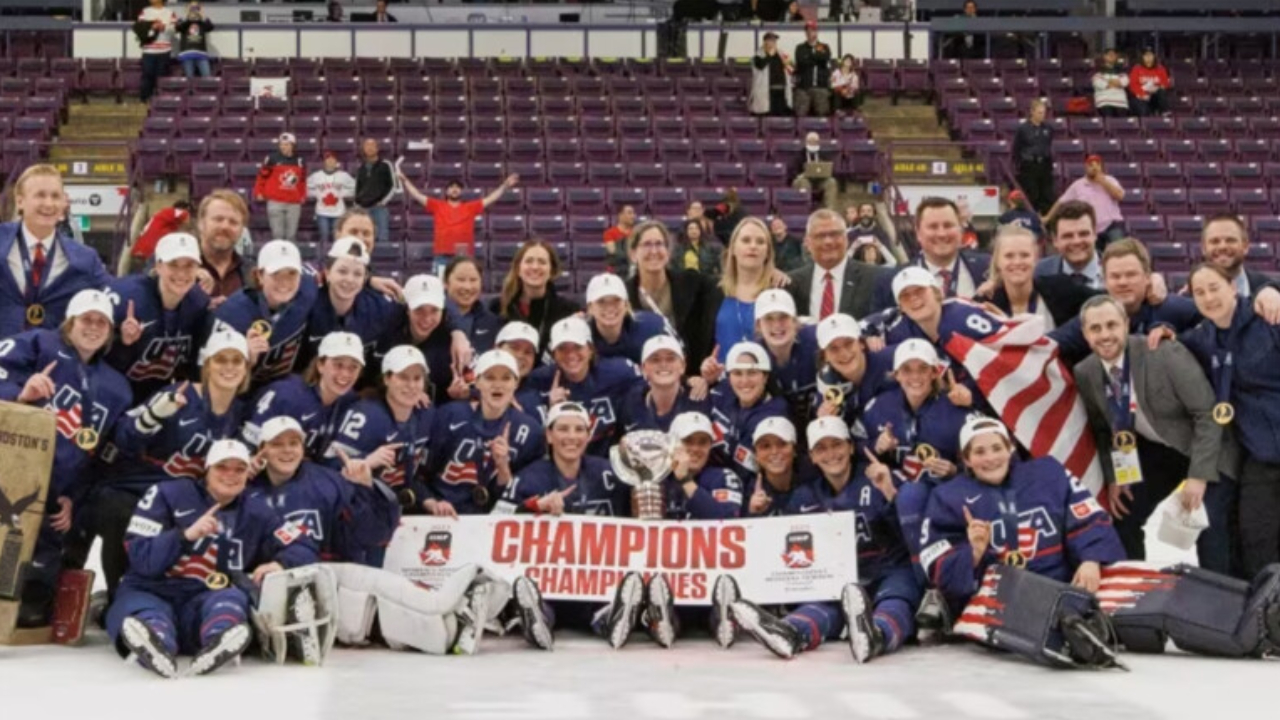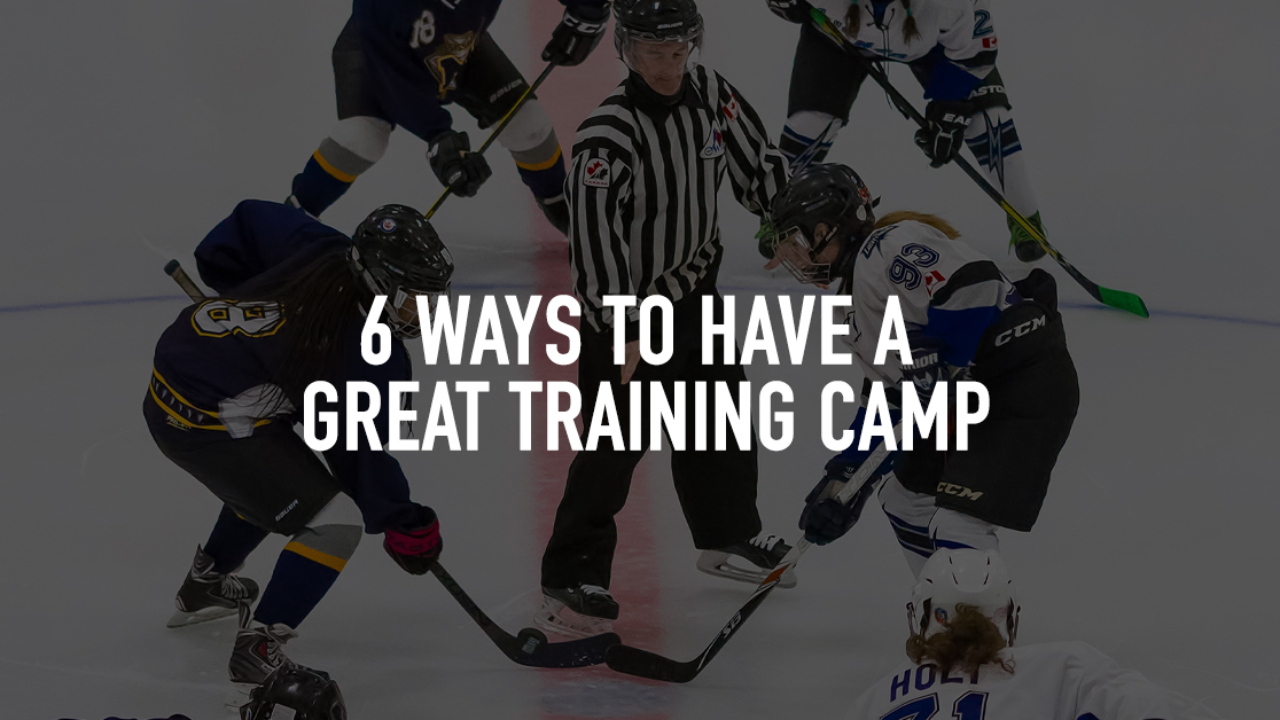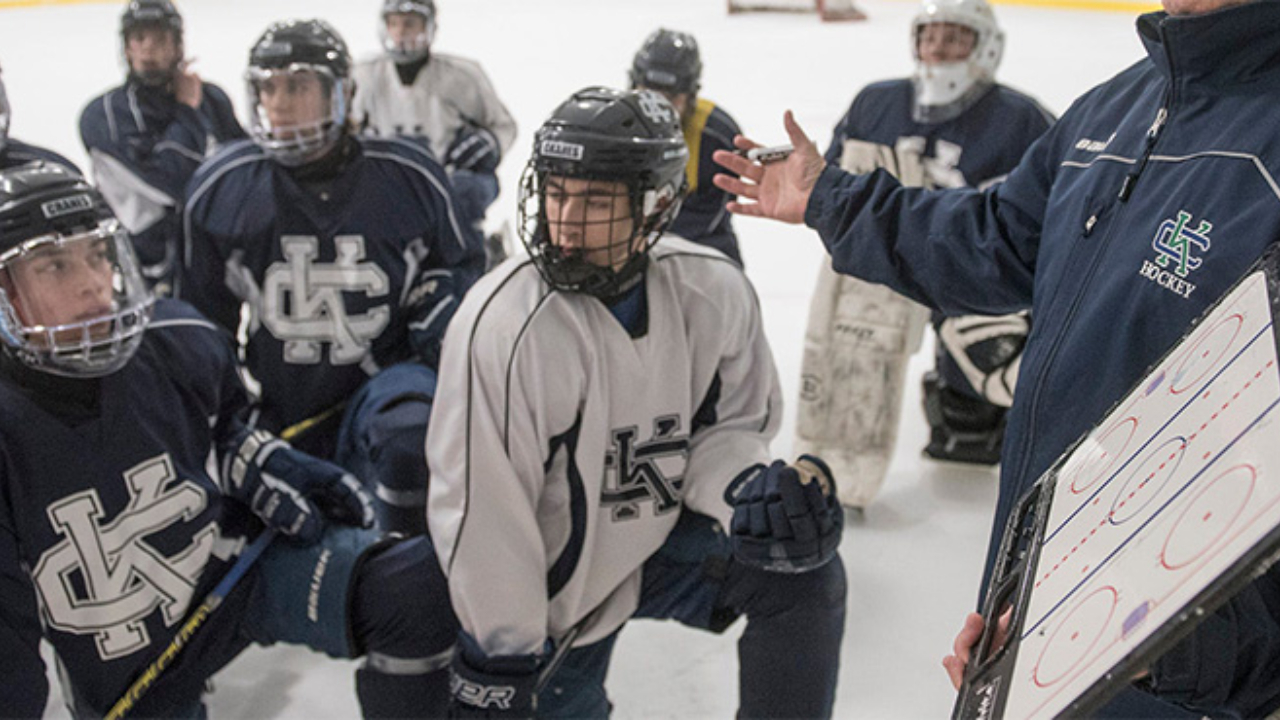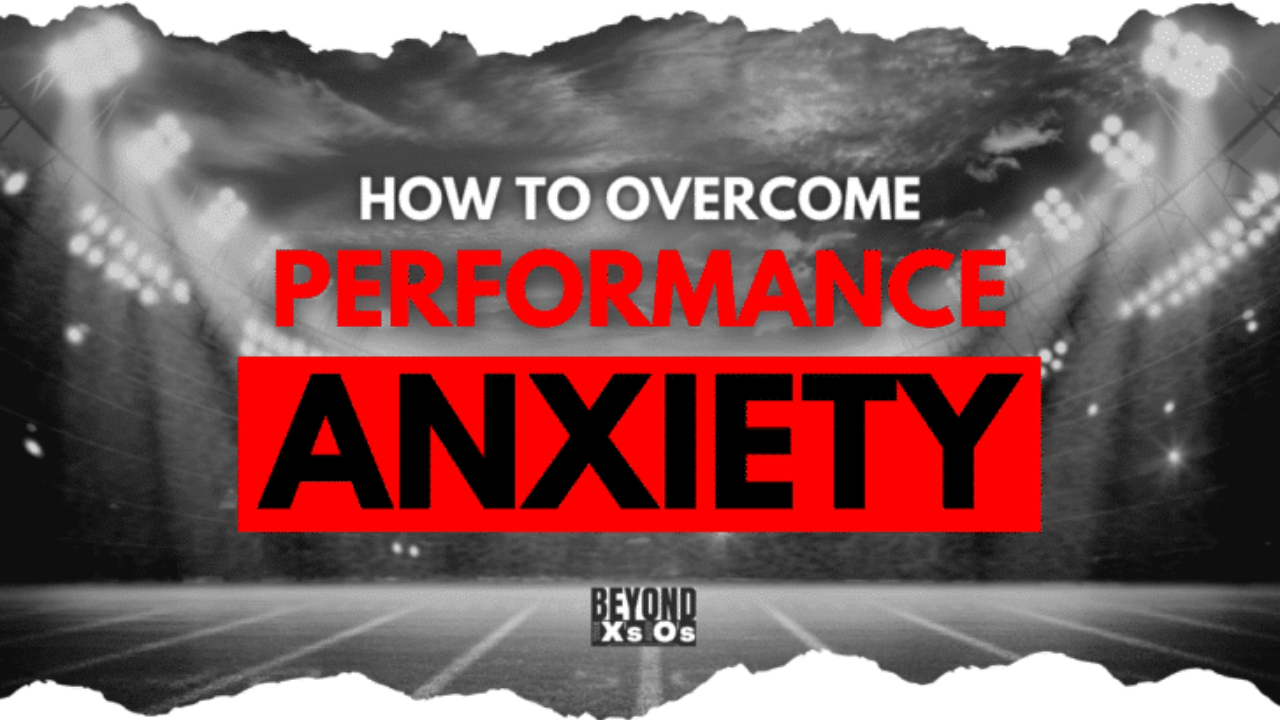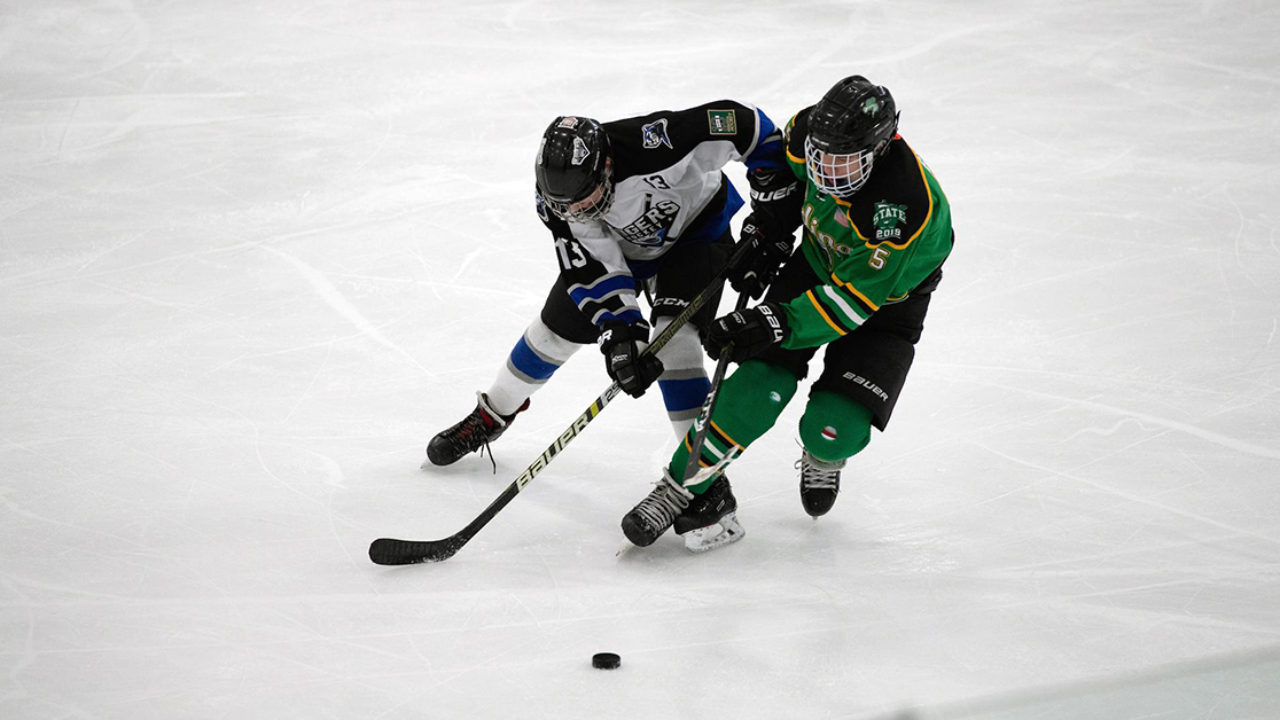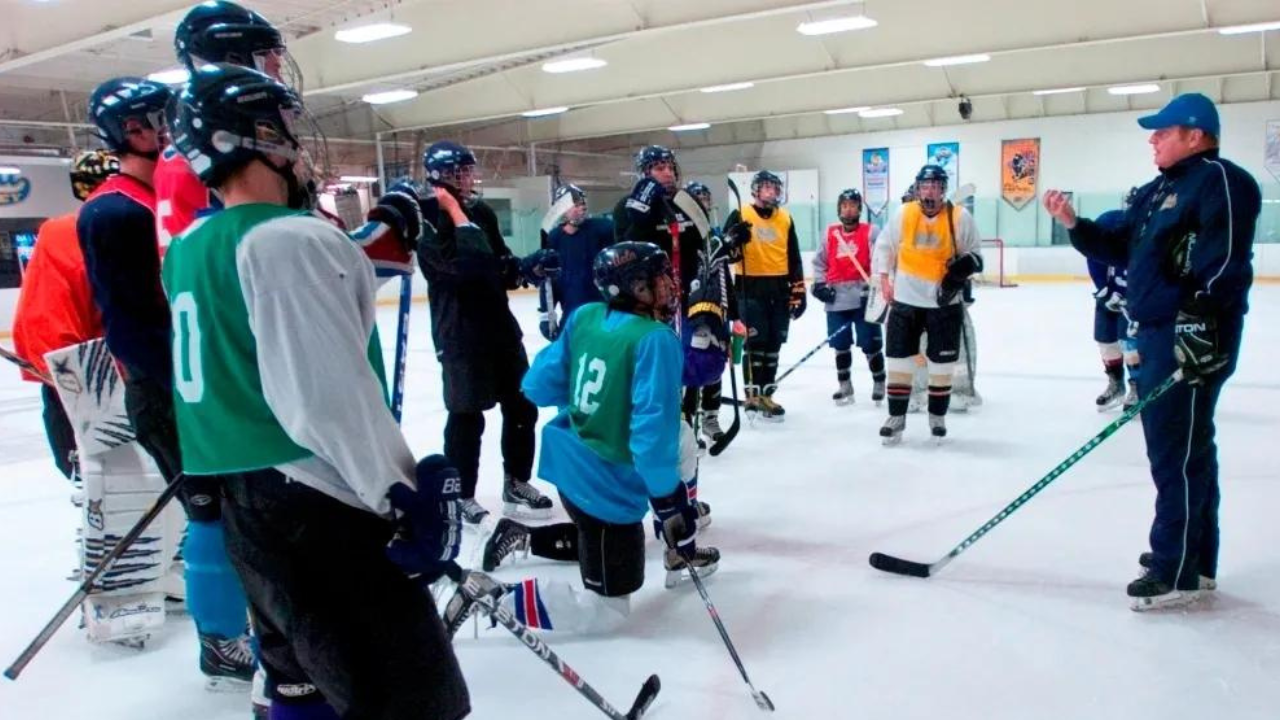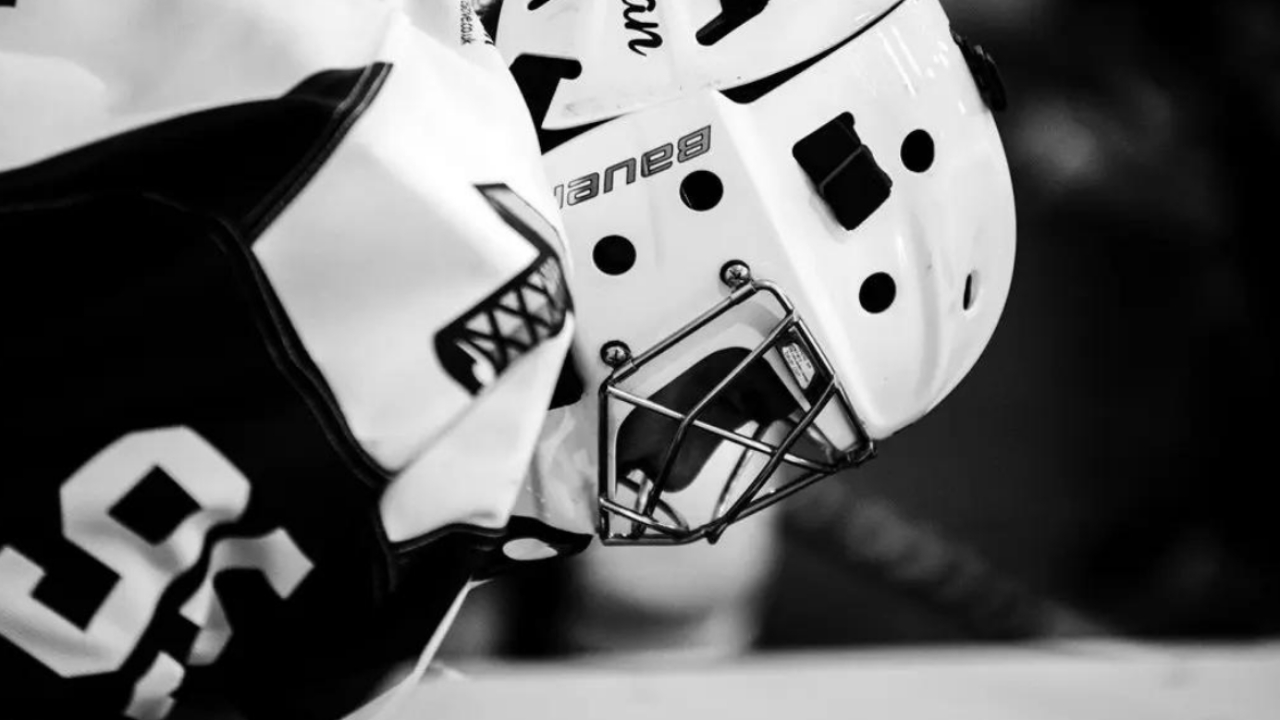
This past weekend, I found myself taken aback during a conversation with some parents from my youth team. They were already gripped by anxiety over which spring team their child should try out for, and even more stressed about whether their child would make the AAA team next year. It’s only September; we’ve just wrapped up tryouts and enjoyed an incredible first week together as a team. Yet, parents are already fixated on spring hockey, and as the coach, this makes it extremely challenging to secure full commitment from players whose parents are mentally fast-forwarding to April.
Last winter, while vacationing in Mexico, I stumbled upon a highly recommended book for coaches called Getting To Neutral by Trevor Moawad, thanks to resources from The Coaches Site. The book introduces a valuable concept that encourages living in the present and making decisions unburdened by past experiences or future worries..
The Role of Neutral Thinking in Maximizing Performance
With neutral thinking, athletes get to stay in the moment, savor every move, and focus solely on the current play. It empowers them to give their best shot each time, stripping away the pressure that can often create performance anxiety. It’s not about disregarding emotions but rather harnessing them to feed into the game instead of detracting from it. Therefore, mastering neutral thinking can serve as the psychological edge that sets you apart on the ice.
So, if you notice your athletes are seeking that extra boost to your performance, the answer could be as simple as embracing the power of now through neutral thinking.
Shaking Off the Shackles of the Past and Future
Coaches and athletes memories of past performances can either shackle or inspire us. At times, we get caught up in the thorns of past mistakes, allowing them to cloud our present. At other times, we linger in the glow of triumphs, and the pressure to replicate those victories becomes overwhelming.
By anchoring ourselves in the here and now, neutral thinking enables us to engage fully in the moment. This shift in focus can be incredibly liberating, allowing you to play your game with clarity and confidence.
Embracing Emotions Without Letting Them Take Over
Neutral thinking does not call for us to suppress or ignore our feelings. On the contrary, it encourages us to experience and understand them fully. The difference lies in consciously choosing not to let these emotions steer our actions or decision-making process. It’s like being in the driver’s seat of a car. Emotions are the passengers – they are there, they have voices, they have energy, but ultimately, you are the one holding the steering wheel and directing the vehicle.
Feeling frustrated after a missed goal or elated after a winning shot is entirely natural. However, neutral thinking guides us to channel these emotions in a constructive way to fuel performance rather than obstruct it. Instead of letting a moment of frustration throw you off your game, neutral thinking can help use that energy to reignite your focus and determination. Similarly, the euphoria of a good play can be harnessed to bolster your confidence without leading to overconfidence or complacency.
Steps Towards Achieving a Neutral State of Mind
Guiding youth hockey players presents unique challenges compared to coaching professional athletes. The process begins with the parents and gradually influences the entire team dynamic. Therefore, coaches must navigate changes delicately, avoiding any critique of parenting styles. It’s important to establish a mutual understanding with parents at the start of the season, emphasizing that the goal is to help the children savor each moment and relish their journey in the sport.

